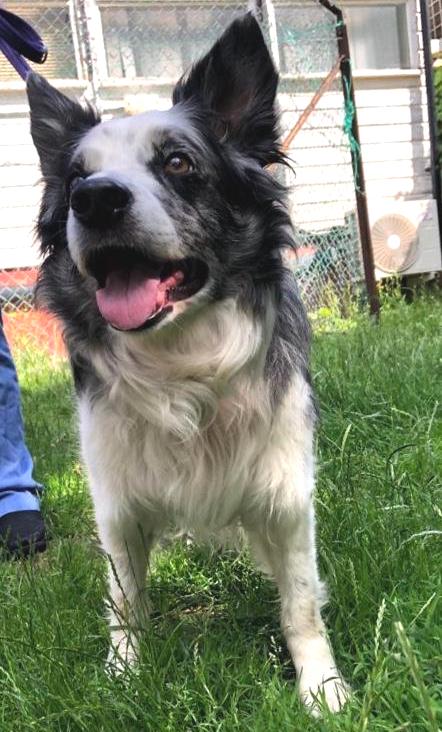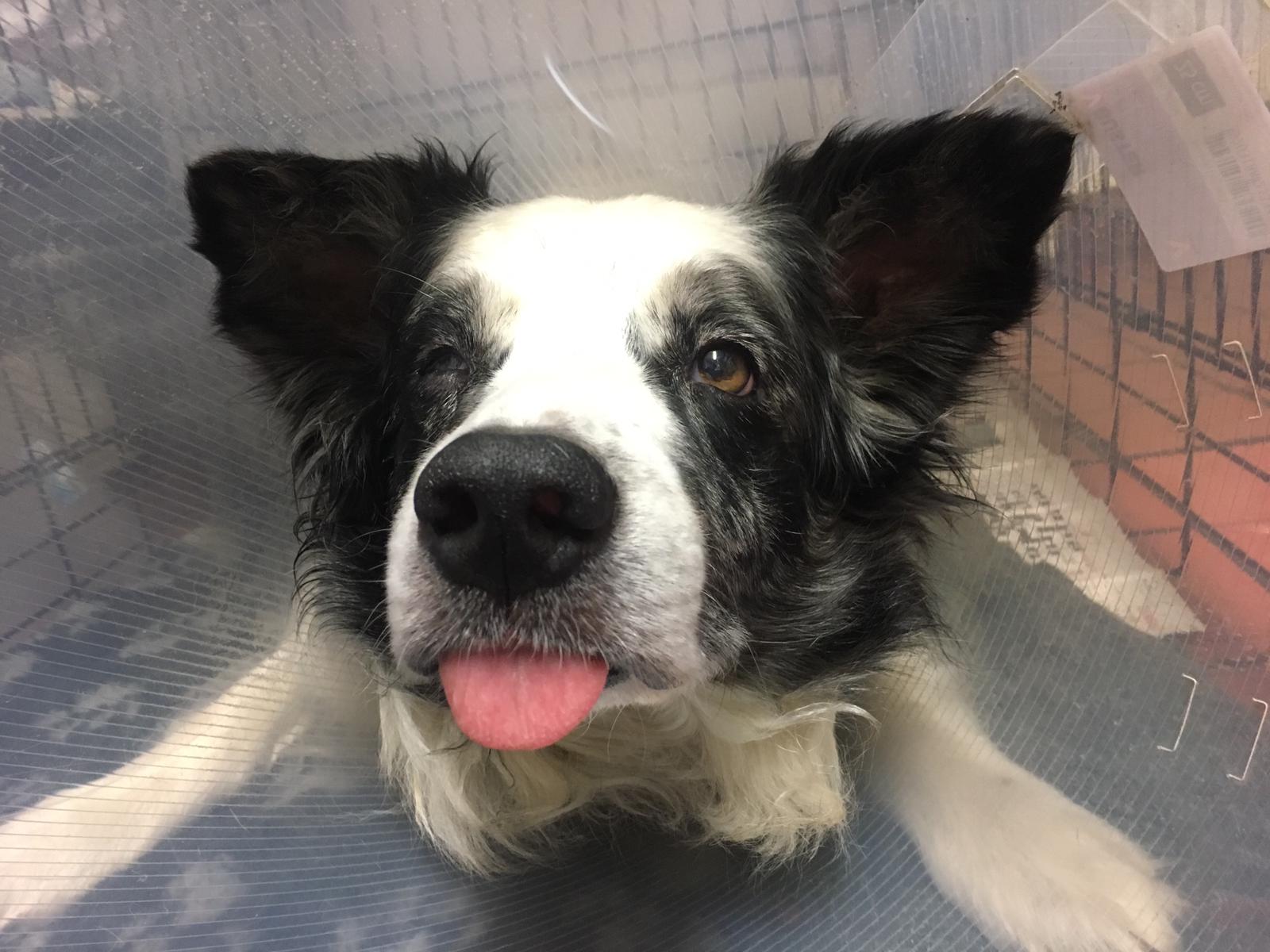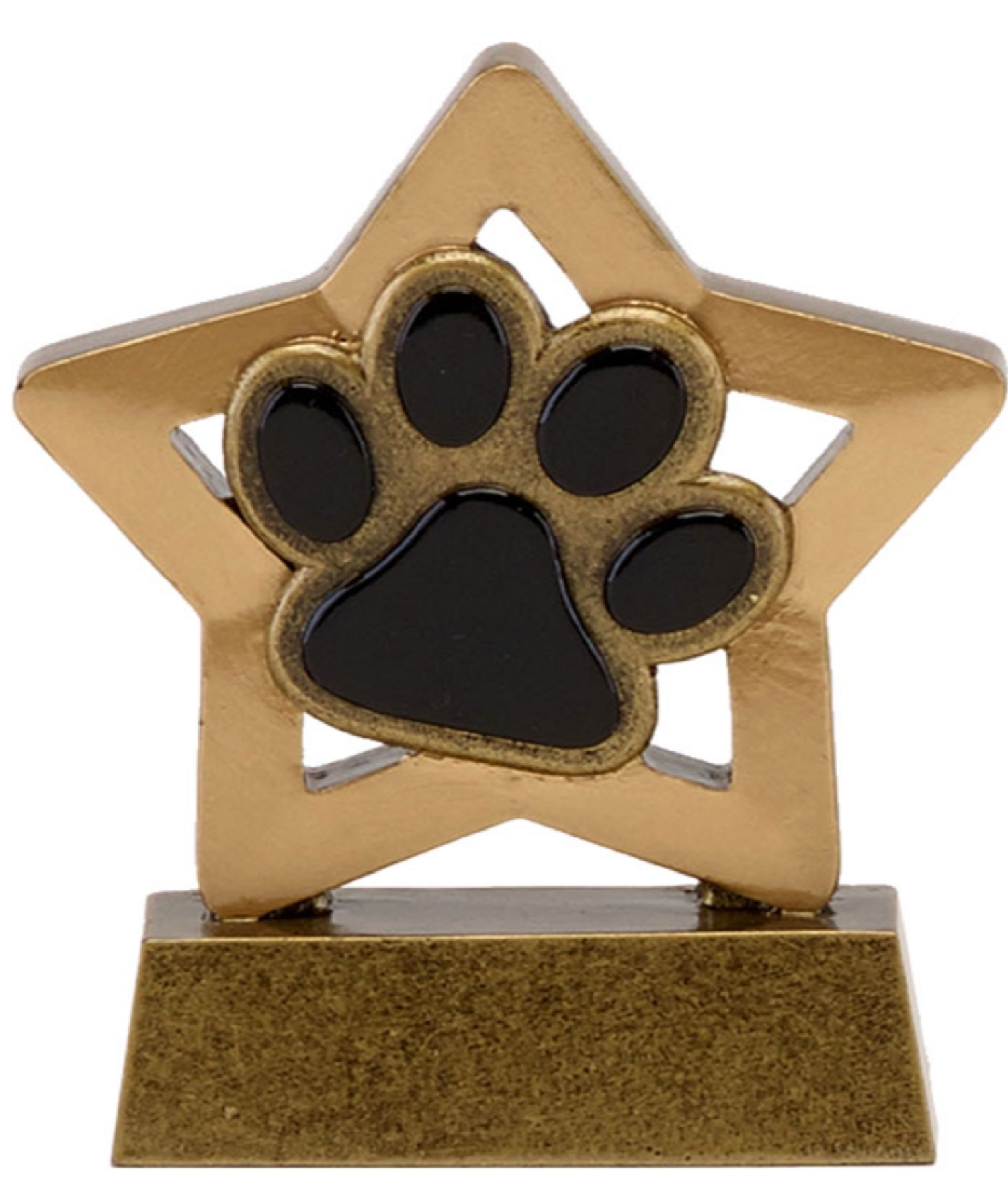With February being the month of love we think it is a good time to talk about heart health. We would also like to invite our clients to bring their pet in for a
FREE heart check with a vet.
The check up includes a complete physical examination. The vet will use a stethoscope to listen to your pet's heart and evaluate the sound and rhythm, strength and heart rate. Your pet's pulse will be assessed. The vet will also listen to your pet's breathing rate and lung sounds. Should the vet detect any abnormalities such as a heart murmur or abnormal rhythm, they may recommend further tests.
The offer is available until 3rd April - please book an appointment!
Tests commonly used to identify the cause of symptoms are:
💜Echo-cardiogram (ultrasound scan of the heart )
💜 Chest x-rays
💜 Electrocardiograph ( ECG)
💜 Blood pressure monitoring
💜 Blood tests.
Should your pet require any of the above heart related tests, this will be at a 10% discounted rate.
Just like humans, an animal's heart acts
like a pump to push blood around the body. The heart's pumping power lies in
its muscles. These are normally thick and powerful, helping the blood reach as
far as the outer extremities of the body. The right side of the heart sends blood to the lungs where it picks up oxygen. The left side of the heart pumps the blood around the body. Inside, the heart is divided into
four chambers. In between the upper and lower chambers are the heart valves,
which open and close in sequence to make sure that the blood flows in the right
direction.
Matters of the heart!
💖The normal heart rate of a dog is between 60 – 140 beats per minute. The
smaller the dog, the higher the heart rate!
💖A cat’s heart rate is between 110-180 beats per minute.
💖The heart is part of the circulatory system, along with the lungs and blood
vessels.
💖The heart acts like a pump to drive the blood around the
body. With each heart beat, it delivers blood rich in oxygen and nutrients to
all the vital organs and tissues, keeping our pet's fit and healthy.
Heart disease
It is estimated that heart disease can affect up to 10% of dog and cats in the UK. Some heart diseases may be present when the animal is born (congenital), however the majority develop in adulthood (acquired). Heart disease can also be secondary to another condition such as high blood pressure, thyroid disease, infection and anaemia.
Dogs and cats are most commonly diagnosed with one of three heart conditions:
*Degenerative valve disease (Endocardiosis) -
This is the most common heart disease of dogs. This leads to degeneration and thickening of the heart valves. The mitral valve is mostly affected and as such the condition is also known as mitral valve disease. The heart valve becomes leaky and allows blood to flow in the wrong direction through the heart. It most commonly affects small breeds as they reach middle-older age, however it may be detected in the Cavalier King Charles Spaniel at a younger age.
*Dilated cardiomyopathy -
The heart muscle becomes weak and stretched, decreasing the heart’s ability to pump blood through the body. It typically affects medium - large breed dogs.
DCM is characterised by two phases, a long and ‘silent’ pre-clinical phase where the dog will appear normal and healthy and then a shorter clinical phase, i.e. heart failure, when the dog appears ill.
New studies have shown, in some cases, starting heart medication before the signs of heart disease develop can delay the onset of symptoms.
Please click on the link below for further information on heart disease in dogs;
https://www.vetmedin.co.uk/
*Hypertrophic cardiomyopathy -
This is more common in cats. The heart becomes thickened, making it difficult to pump the blood properly through the body. In the initial phase of disease, cats may show no signs at all and appear completely normal. In fact a number of cats with cardiomyopathy may never actually develop clinical disease. However, while in some cats progression of the underlying disease is slow, in others it can be quite rapid.
Heart disease can be present in our pets for a long period of time before they show any signs of a problem. The body is good at compensating for any slight changes to blood flow and heart contraction early on, until eventually clinical signs develop. This is why it is important that your pet has regular visits to the vet, at least annually, as early detection of heart disease will help make it easier to manage.
Some of the signs of heart failure you could see at home may include:
*Lethargy, being more tired than usual
*Difficulty breathing or shortness of breath, especially with exercise or excitement
*A decrease or reluctance to play or exercise
*Rapid/fast breathing - often noticeable when the animal is resting.
*Poor appetite
*Weakness
*Restlessness - taking several attempts to get comfortable.
*Coughing
*Weight loss (Spine is more prominent as are the bones of shoulders and hips)
* Swelling of the abdomen - becoming 'pot-bellied' in appearance. This is due fluid build up as the heart begins to fail.
* Pale gums rather than the normal pink.
(These symptoms can also be seen in other diseases, which is why it is important that if you notice any changes in your pet's health or behaviour, you bring them in for a health check).
While there is not a cure for heart disease, the aims of treatment are to slow down the progression of the disease, manage the symptoms and help maintain the pet's normal quality of life; the earlier this treatment is started the better.
Regular check- up appointments are essential to ensure that any changes in the animal's condition are identified early and medication adjusted or introduced accordingly.
.
Disclaimer: The contents of the Arden House animal hospital website are for informational purposes only.The content is not intended to be a substitute for professional veterinary advice, diagnosis, or treatment.Always seek the advice of your veterinary surgeon with any questions you may have regarding your animal’s medical condition. Never disregard professional medical advice or delay in seeking it because of something you have read on this website.






















